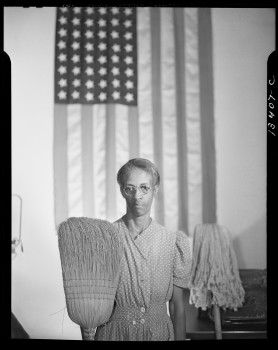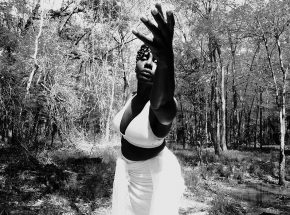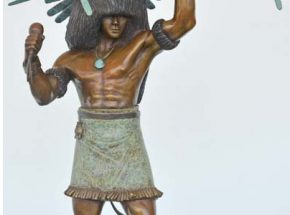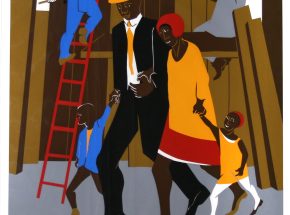
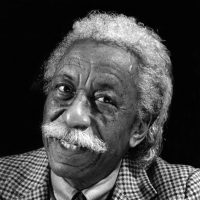
“The common search for a better life and a better world is deeper than color or blood.” These concise words, spoken by Gordon Parks captured the essence of his life as no lengthy volume could ever do. Born near Fort Scott, Parks was the youngest of fifteen children in his poor rural African American family. He left behind his youth and his home when he was still a teenager and moved north to St. Paul, Minnesota.
Forced to quit school to earn a living, Parks held a variety of jobs during the 1930s. While working as a railroad porter in 1937, he saw a magazine spread of the Farm Security Administration photography project that sparked his interest. He purchased a cheap camera from a pawnshop and within a month presented his first exhibit at an Eastman Kodak store and with amazing swiftness, he became a successful fashion and portrait photographer.
In 1948 Parks sold a free-lance article to Life magazine that quickly led to a full-time position with the weekly periodical. During the next two decades, he brilliantly recorded the images of post-war America, most notably, he depicted emerging black America, from the strife of the civil rights movement to the desperation of the ghettos.
In 1963 his writing talent came through with the publishing of the acclaimed novel The Learning Tree, which he later adapted to the movie screen. His movie-making career continued with the highly successful films “Shaft” and its sequel “Shaft’s Big Score” and “Super Cops.” His ballet, “Martin,” was based on Dr. Martin Luther King, Jr. Parks died at the age of 93.
www.kshs.org/portraits/parks_gordon.htm

